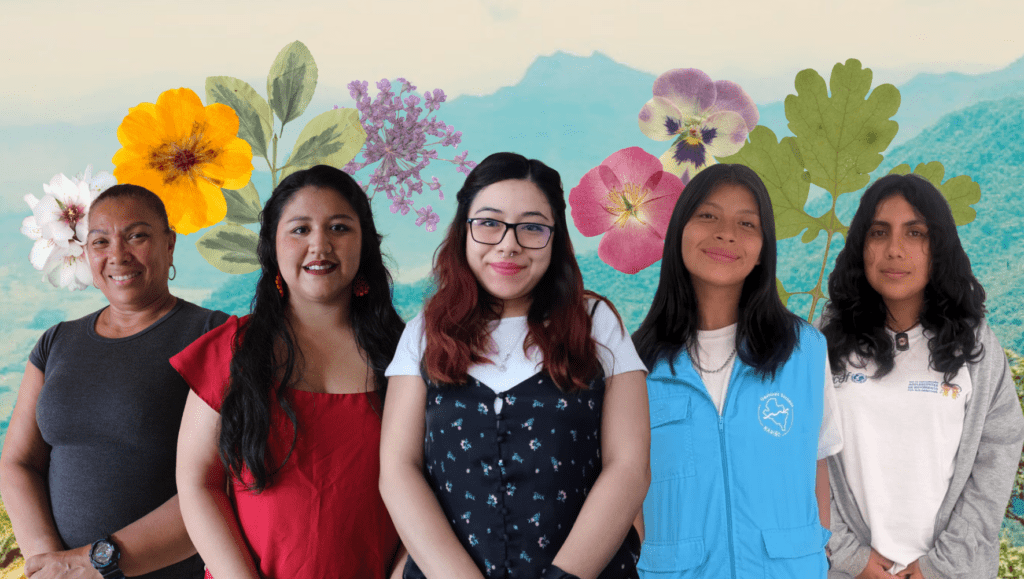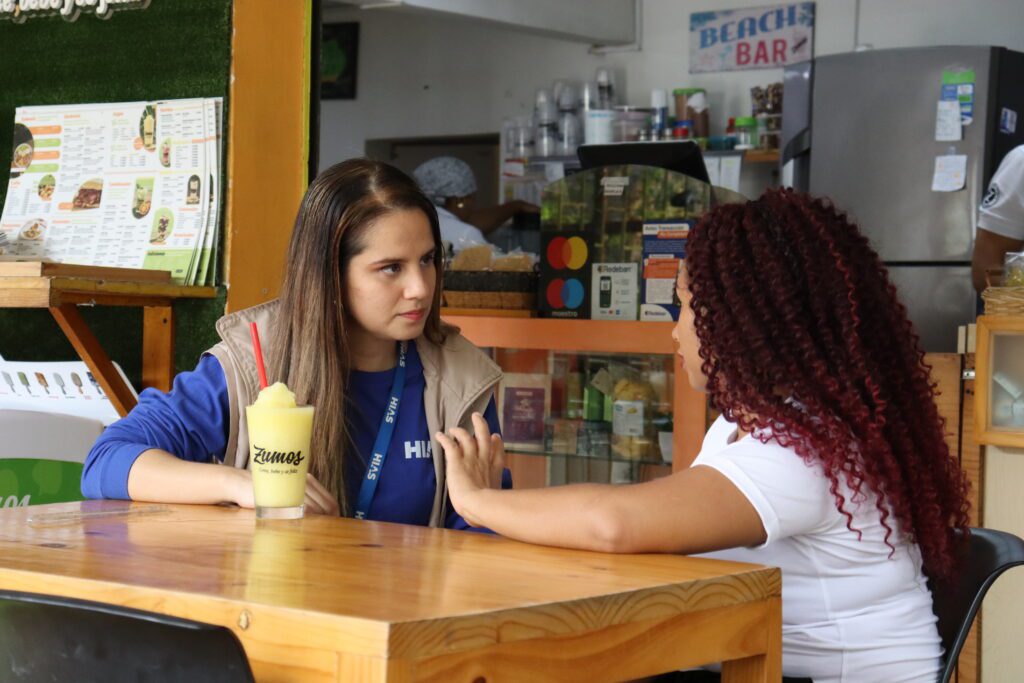
For more than 50 years, Colombia has faced internal armed conflicts and the devastating effects of organized crime. Today, these conditions present the country with numerous challenges: drug trafficking, safety, economic inequality, internal displacement, and the recent arrival of millions of displaced foreigners.
Aside from Sudan, Colombia has the second largest displaced population in the world. There are currently 9.8 million internally displaced people, refugees, and people in need of international protection.
What is the current situation of refugees and migrants in Colombia? Read on to find out.
Your support matters
What accounts for the substantial population of displaced people in Colombia?
Colombia is home to 2.8 million refugees and migrants from Venezuela. In the first half of 2024, migration flows through the country to North America and Central America increased by 24%. The pace of their arrival has slowed in 2025, due to migration policy changes. But the risks persist, especially in terms of protection, health care (including mental health care), and basic needs such as housing and food.
In addition, due to increased forced displacement, recruitment, and restrictions on mobility, among other causes, 2.1 million children and adolescents in the country are in need of protection.
What challenges impact vulnerable populations?
Over 9 million Colombians live in regions where non-state armed groups are present, affecting their security, well-being, and access to basic services. Exposure to violence poses particular risk for Colombia’s population of forcibly displaced people. In addition, natural phenomena such as La Niña place millions more people at risk of losing their homes, livelihoods, and access to basic goods and services.
How has the reduction in humanitarian assistance services affected Colombia’s displaced population?
Recent anti-migration measures implemented by governments have prompted many who had journeyed north to return, often arriving with new humanitarian needs. Many of the organizations that had helped displaced people in previous years are no longer providing services. Currently, vital humanitarian assistance such as protection and information services, humanitarian transportation, food, physical and mental health care, and temporary shelters have either closed or are thin on the ground. This has had severe consequences for refugees and displaced people.
How does HIAS support displaced people in Colombia?
Since its establishment in 2019, HIAS Colombia has worked to protect the most vulnerable people, helping them rebuild their lives and safely reunite with their families. Its programmatic focus is on the prevention, response, and mitigation of violence against women and girls, access to mental health support, economic empowerment, and protection actions. As of April 2025, HIAS has worked with over 160,000 people in Colombia.


